
As I walk through plazas and avenues that carry the sediment of a hundred ordinary days, I carry the curious weight of memory and small astonishments. I grew up learning how to read a city not as a postcard but as a ledger of endurance, where facades and monuments record both loss and the stubbornness to continue. I am not sentimental about ruins or triumphs. I notice instead how ordinary gestures add up, how markets open, how conversations begin and stop, how people who have learned to distrust official rhetoric still find ways to share recipes, gossip, and advice. I say we are a people who have inherited arrangements that were never neat, and I mean that as an observation rather than an indictment. There is a dignity in surviving without spectacle, in keeping a household together, in teaching a child to tie shoes when resources are scarce. Those small acts are the architecture of our present.
Children in the squares run under the same sun that once burned the banners of parties and ideologies. Their laughter is not naive, it is practical. It insists on the possibility of ordinary mornings after stormy nights. I write this in the first person because history feels personal when you have lived enough seasons to count the patterns and not call them fate. I do not romanticize our contradictions. We are brave and contradictory at once, generous and suspicious, inventive and sometimes reckless. Governments change their faces; programs begin and collapse; promises are repeated until they lose meaning. Still, people who sweep sidewalks, who repair motors with improvised parts, who teach in schools with a shortage of books persist. Those continuities are the real backbone of a nation that is more habit than headline.
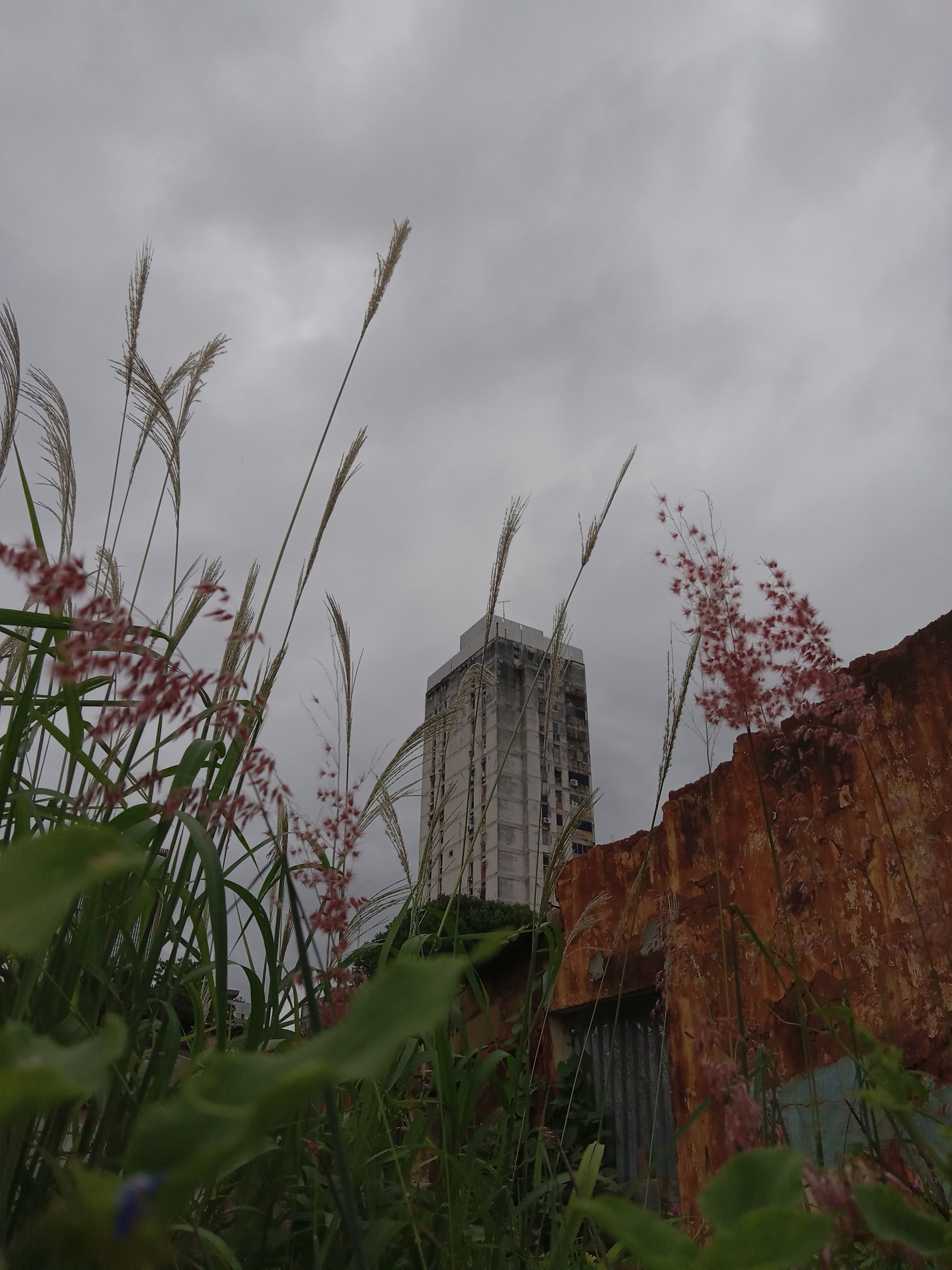

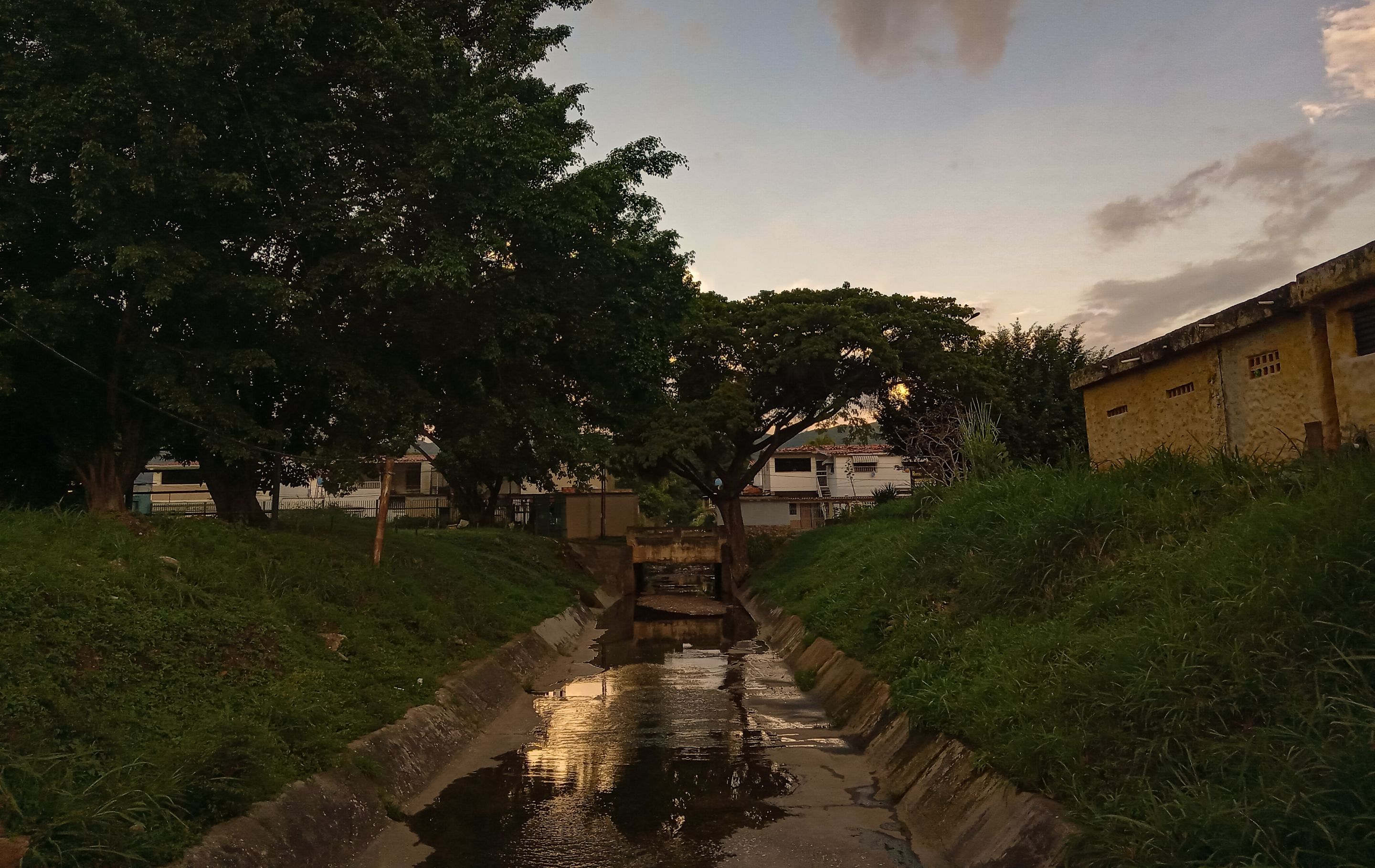
From my vantage the monuments are not relics to be worshipped nor props to be condemned. They are conversation starters, imperfect companions in a country that has learned to laugh at its own mistakes and to mourn them without settling into despair. I have stood before statues that celebrate impossible myths and I have stood in front of newer plaques that try to rewrite those myths into something more measured. Neither version erases the other. The city holds both the record of past ambitions and the evidence of fatigue. My relationship to these markers is neither pious nor dismissive. I accept their presence as evidence that a people build narratives in public, and that narratives can be challenged, adjusted, or quietly ignored at will. That capacity to reinterpret is one of our strengths, even if it looks messy from the outside.
Some days the cycles of precariousness feel endless, as if a season of scarcity unspools into another without respite. On those days I take inventory in practical terms. I count the neighbors who share food, the teachers who stay despite low pay, the doctors who work long shifts. Those are not romantic anecdotes. They are factual networks of mutual support that have sustained neighborhoods through years that official reports prefer to compress into statistics. I refuse to let despair be our default interpretation. Refusal is not a heroic stance, it is a pragmatic habit. We adapt, we argue, we leave when we must and we return when we can. Our identity is not a single story. It is a chorus of individual decisions piled one on another until they form something wider than any headline.

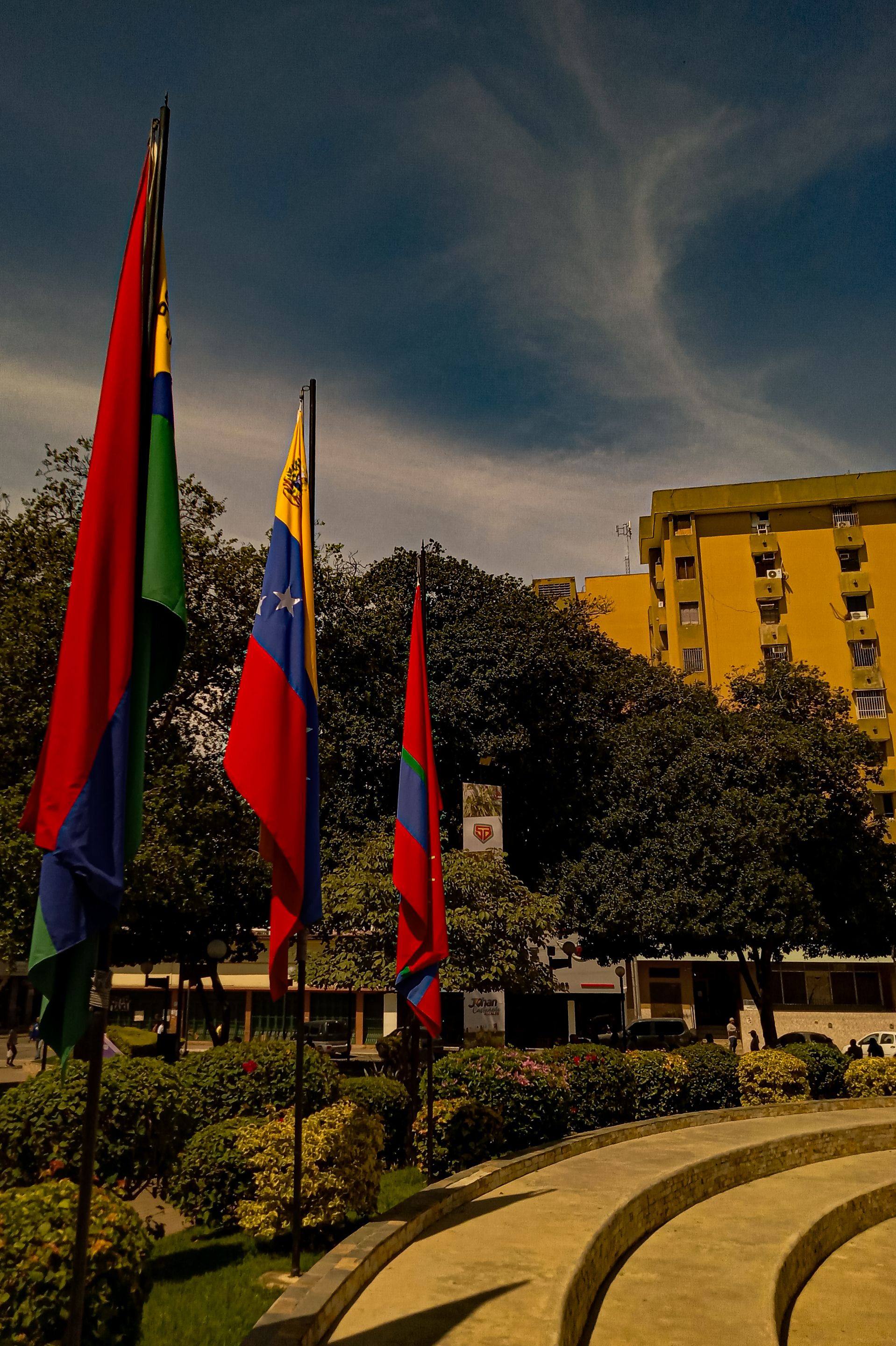
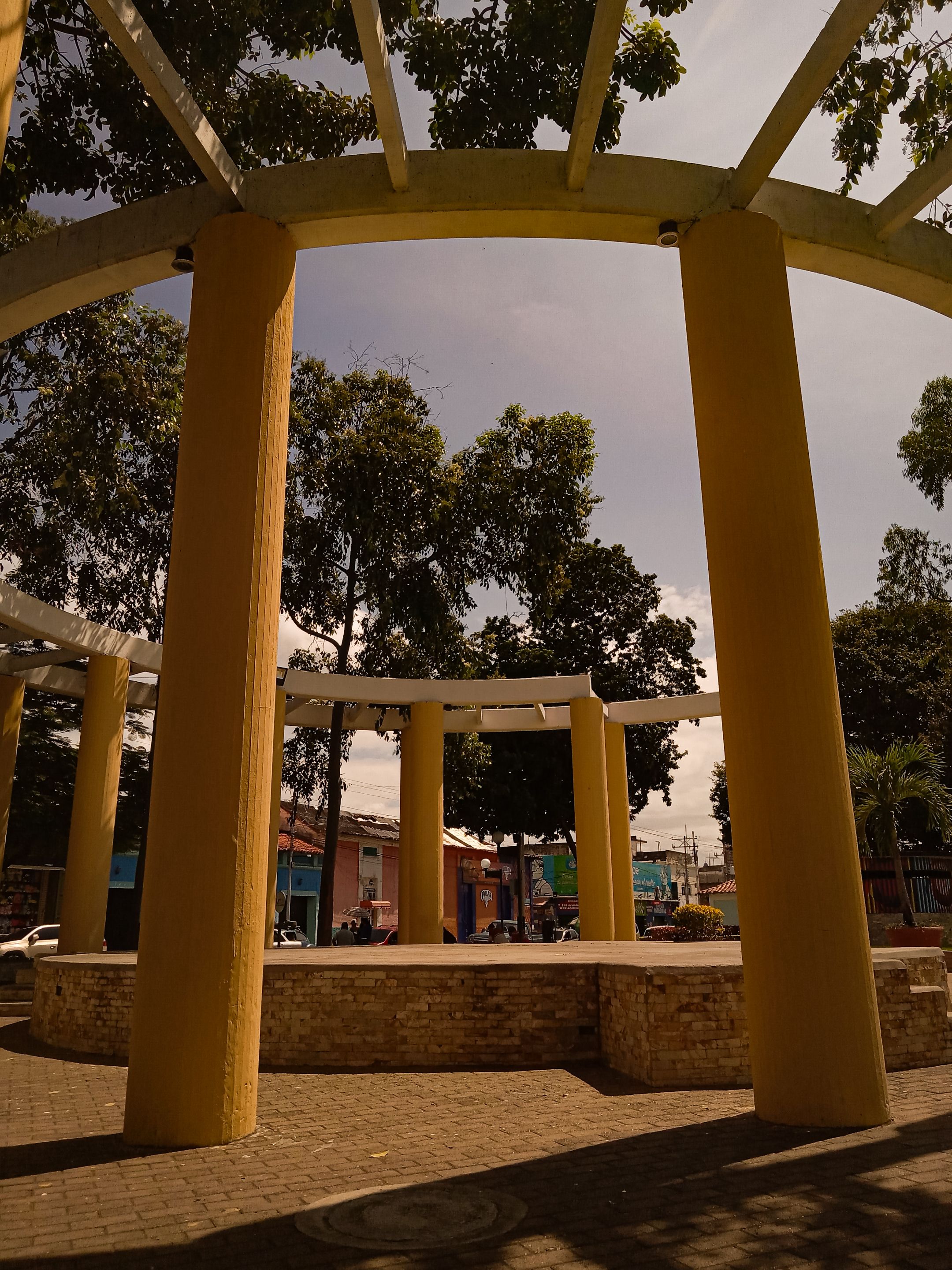
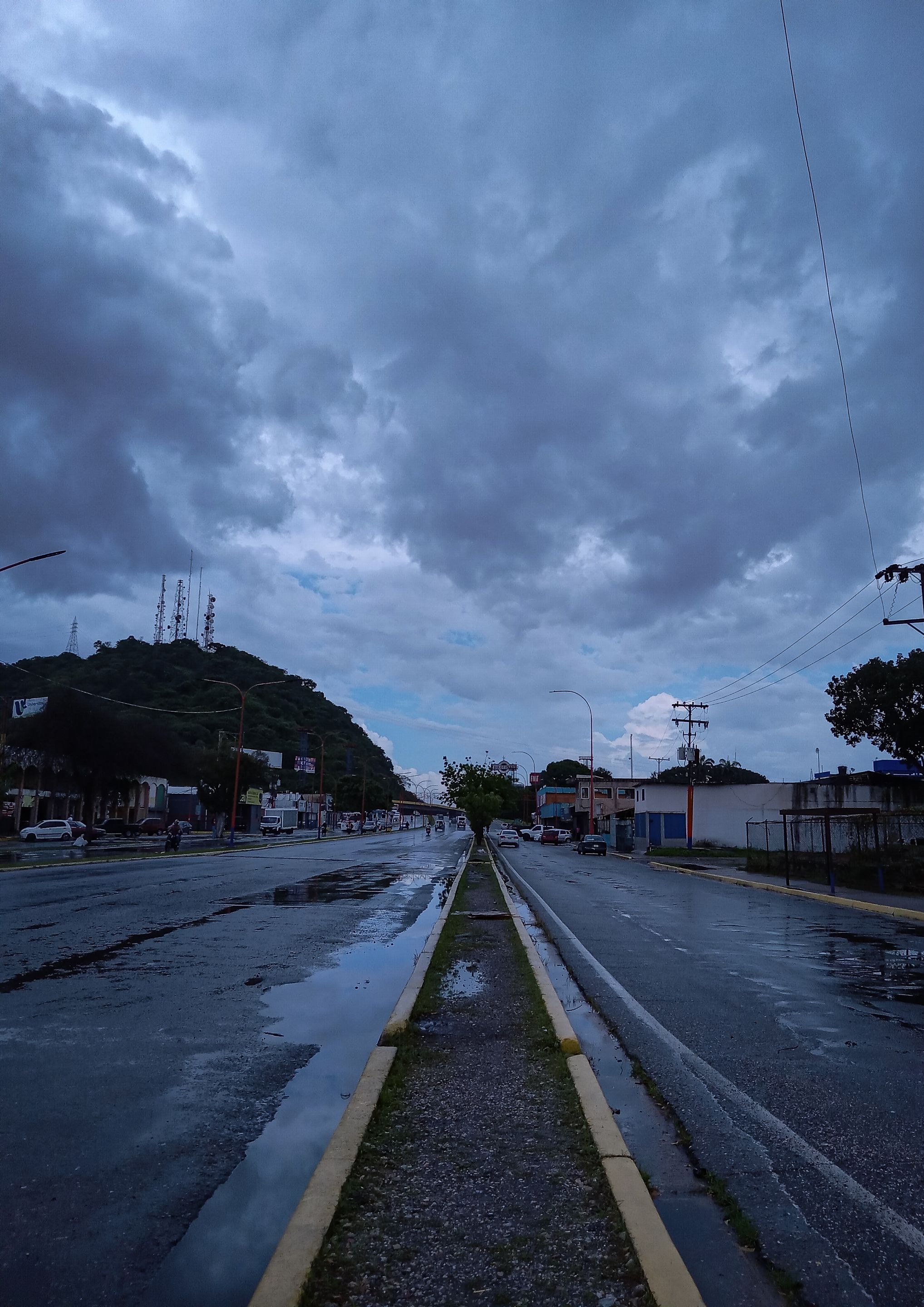
There is a quiet lesson in acknowledging that we are similar to people elsewhere and different only in particulars. This idea keeps me from the false comfort of exceptionalism and from the corrosive temptation to place blame on an abstract other. I want my writing to reflect a steady gaze rather than a rallying cry. I am careful not to moralize or to offer prescriptions disguised as insight. I simply state what I have seen and what keeps me in contention with optimism without dissolving into easy cheer. We are imperfect, courageous, petty, kind, and inventive. We do not need to be mythologized to be valuable. Our history is recent in years and long in repetitions, and that combination makes us persistent rather than pristine. In the end my feeling is modest and exact: we have been given time in which to make ourselves again, and we do, in public markets, in quiet houses, and in the everyday choices that bind us as a people.
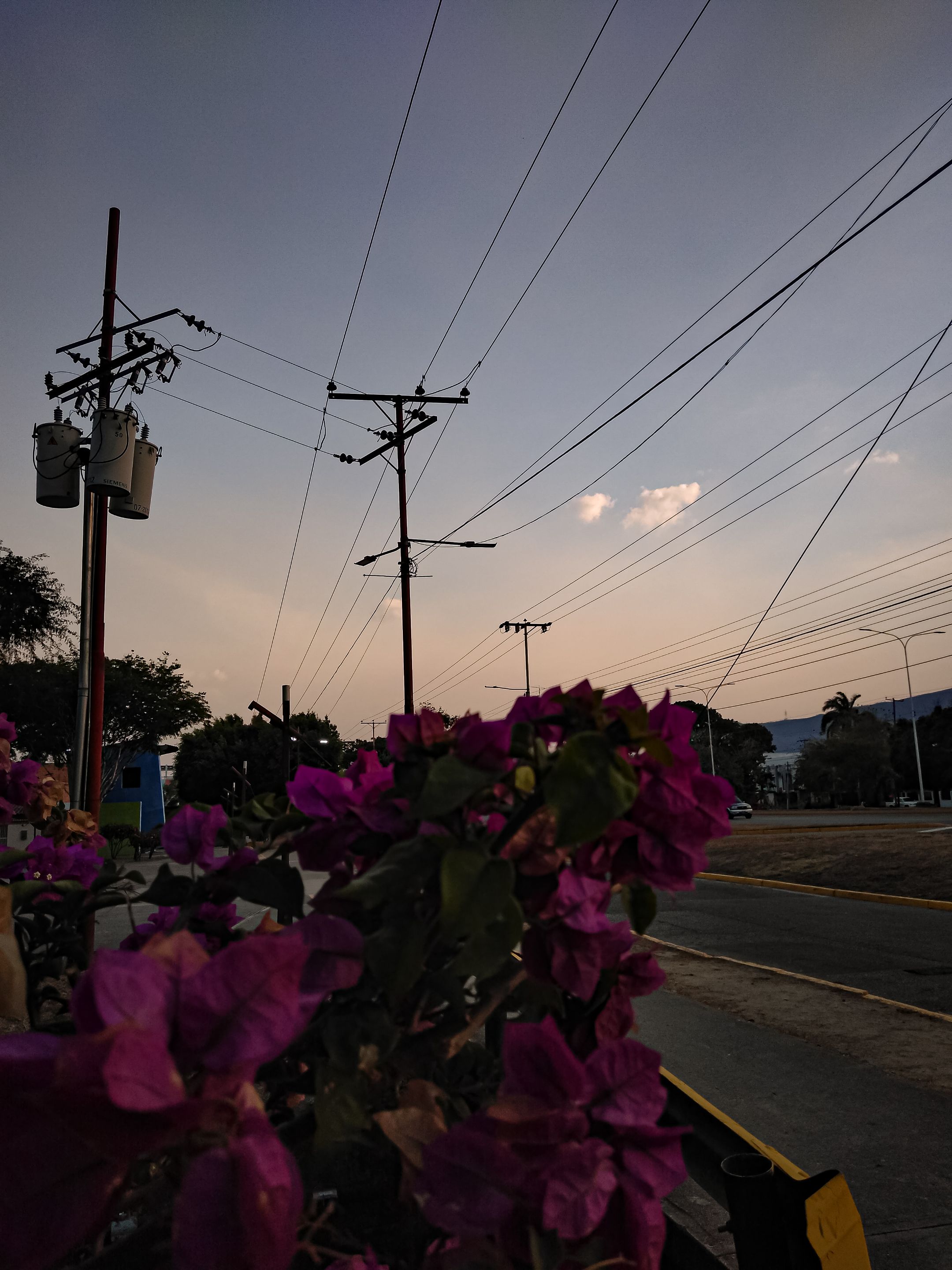
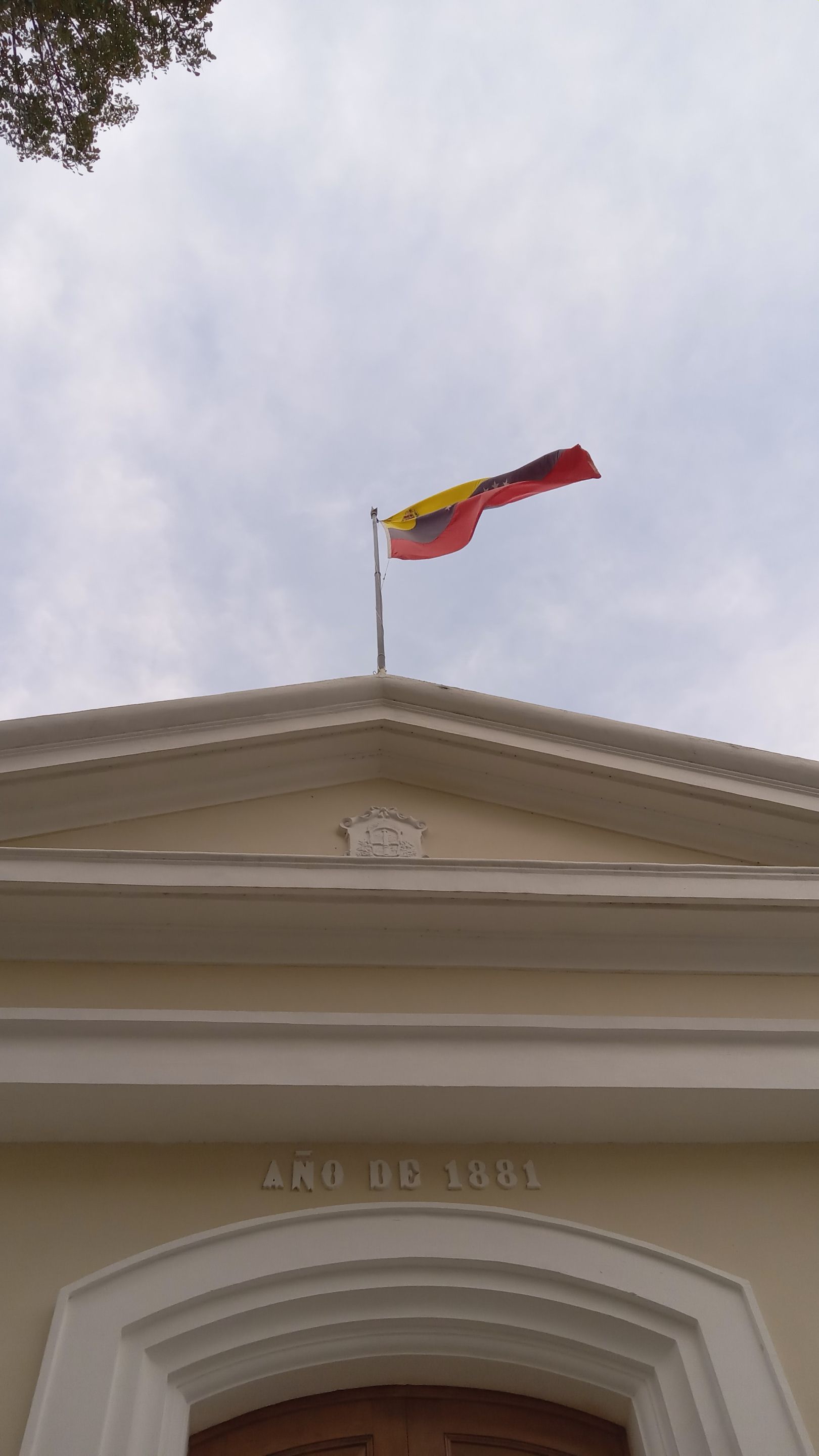


All photographs and content used in this post are my own. Therefore, they have been used under my permission and are my property.























